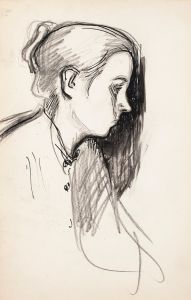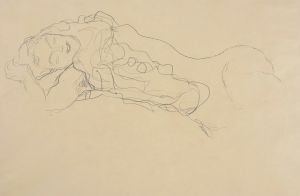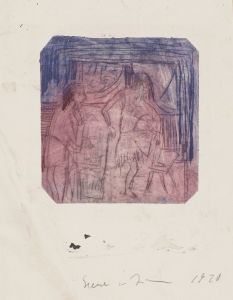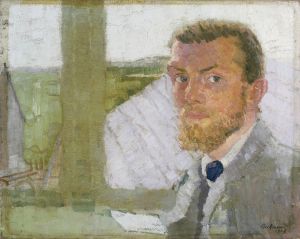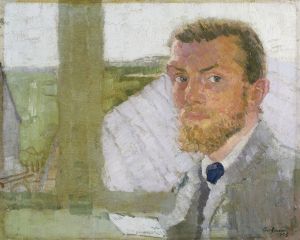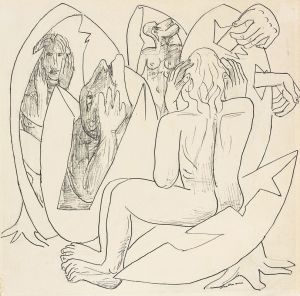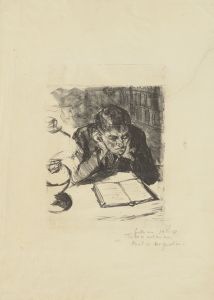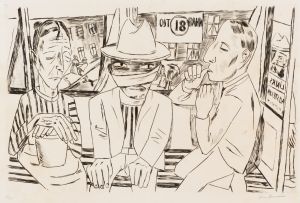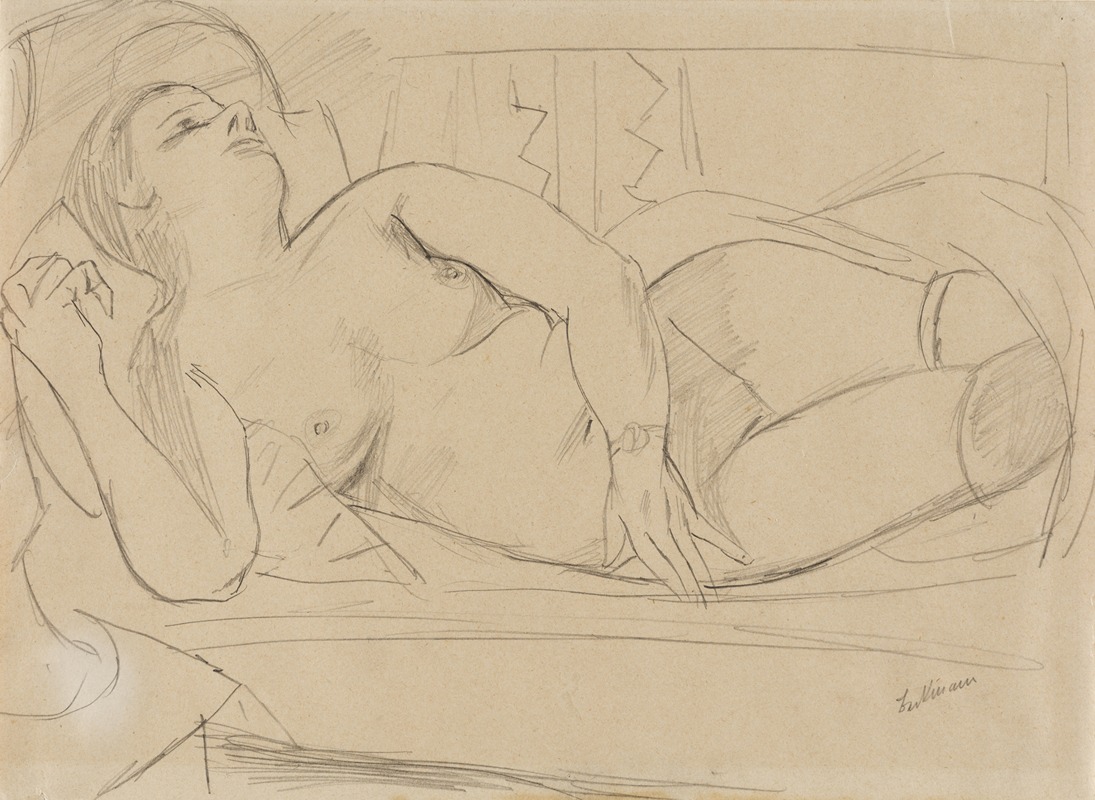
Liegender weiblicher Akt
A hand-painted replica of Max Beckmann’s masterpiece Liegender weiblicher Akt, meticulously crafted by professional artists to capture the true essence of the original. Each piece is created with museum-quality canvas and rare mineral pigments, carefully painted by experienced artists with delicate brushstrokes and rich, layered colors to perfectly recreate the texture of the original artwork. Unlike machine-printed reproductions, this hand-painted version brings the painting to life, infused with the artist’s emotions and skill in every stroke. Whether for personal collection or home decoration, it instantly elevates the artistic atmosphere of any space.
Max Beckmann's "Liegender weiblicher Akt" (Reclining Female Nude) is a notable work by the German painter, who is recognized for his contributions to the Expressionist movement. Beckmann, born in 1884 in Leipzig, Germany, is celebrated for his distinctive style that often combines elements of realism with a bold, expressive use of color and form. His works frequently explore themes of human existence, often reflecting the tumultuous socio-political landscape of early 20th-century Europe.
"Liegender weiblicher Akt" is a part of Beckmann's extensive oeuvre that includes paintings, drawings, and prints. This particular piece exemplifies his interest in the human figure, a subject he revisited throughout his career. Beckmann's nudes are often characterized by their robust forms and a sense of psychological depth, which can be seen in the way he portrays the human body not just as a physical entity but as a vessel of emotion and experience.
The painting features a reclining female figure, a common motif in Western art that Beckmann approaches with his unique perspective. Unlike the idealized nudes of the Renaissance or the romanticized figures of the 19th century, Beckmann's depiction is more grounded and introspective. The figure in "Liegender weiblicher Akt" is rendered with a sense of solidity and presence, emphasizing the physicality of the body while also inviting viewers to contemplate the inner life of the subject.
Beckmann's use of color and line in this work is particularly noteworthy. His palette often includes deep, rich tones that contribute to the emotional intensity of his paintings. The lines are bold and assertive, defining the contours of the figure with clarity and strength. This approach reflects Beckmann's broader artistic philosophy, which sought to convey the complexities of human experience through a synthesis of form and content.
The historical context of Beckmann's work is essential to understanding its significance. The early 20th century was a period of great upheaval in Europe, marked by World War I, the interwar years, and the rise of totalitarian regimes. Beckmann himself experienced the impact of these events firsthand, having served as a medical orderly during World War I and later facing persecution under the Nazi regime, which labeled his work as "degenerate art." These experiences informed his artistic vision, imbuing his work with a sense of urgency and introspection.
"Liegender weiblicher Akt" can be seen as a reflection of Beckmann's broader concerns with the human condition. His nudes, while grounded in the physical world, often suggest a deeper narrative, inviting viewers to engage with the psychological and existential dimensions of his subjects. This duality is a hallmark of Beckmann's style, which continues to resonate with audiences today.
Overall, "Liegender weiblicher Akt" exemplifies Max Beckmann's mastery of form and his ability to convey complex emotional and psychological states through his art. It stands as a testament to his enduring legacy as one of the leading figures of 20th-century art, whose work continues to be studied and appreciated for its depth and insight into the human experience.





